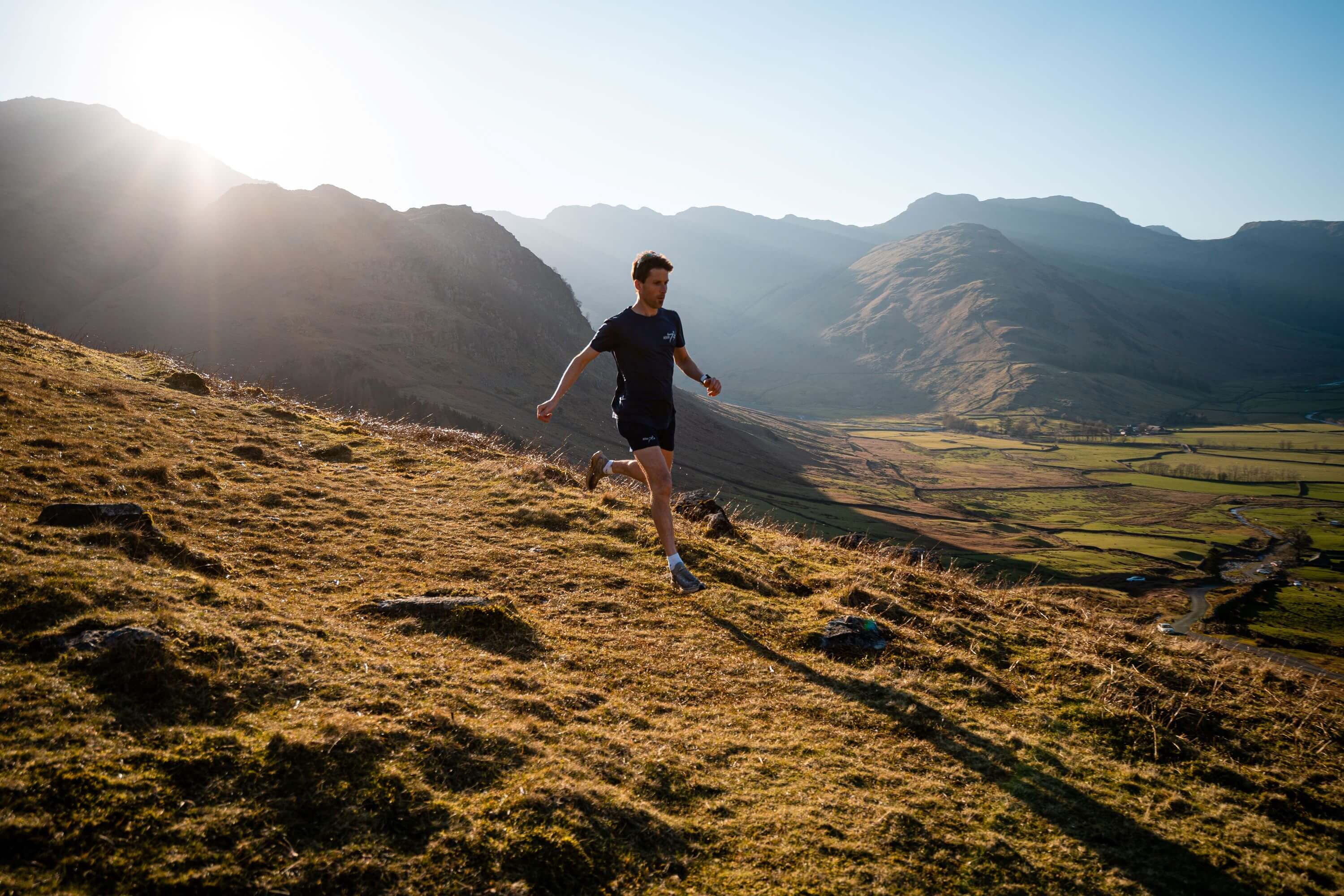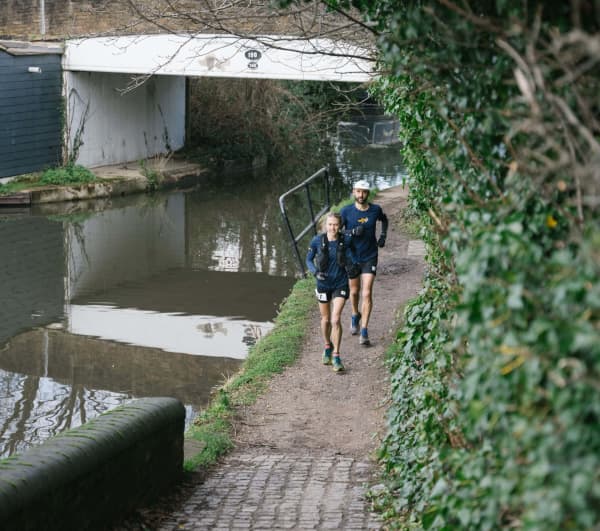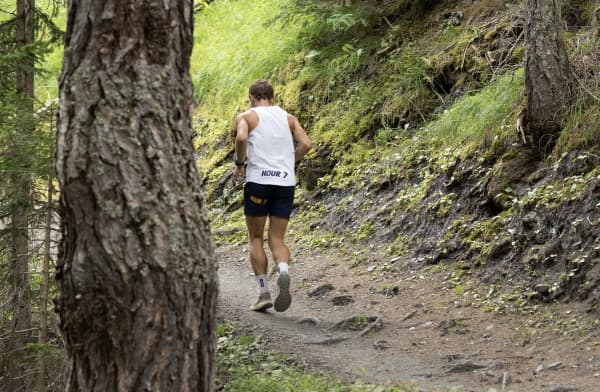One of the elements of ultra-running that requires a focused acquisition of skill, other than how to eat a sandwich at full speed, is downhill running.
The more technical a race becomes, the bigger an impact technical trails have on energy levels, fatigue and perception of effort. The key to staying strong in the second half of a mountain or trail ultra might not be leg strength, but how economical you are on the downhill.
The good news is you can improve it. The bad news… there are no shortcuts.
Prof. Anders Ericsson’s research around skill acquisition and the development of expertise became known as the ’10,000 hours rule’, but actually it was about more than that. It wasn’t just about time, it was about practice and different types of it.
So do we just run down a lot of hills? A simple matter gravity – run up and down a lot of hills and Kilian Jornet you will become? In reality, a taxi driver isn’t as skilled as a formula one driver, despite a similar number of driving hours, so it’s not just about volume.
How you practice is important. It needs to be focused on the skill you’re trying to develop. Being mindful and reflective on the task will help you improve faster.
Each descent you take on in training and racing will be different. What we want to develop is not just a mechanical ability to suffer the stresses of downhill running, but a skill to reduce the impact of each descent.
Your goal should be to reduce the stress on the body, almost recover, as you descend. Think of a cyclist or ski-mountaineer descending in a race. They’re not going slowly, but neither are they working hard for that speed. Gravity is your friend, unnecessary braking less so.
Don’t just turn off the brakes, as eventually there could be a cliff edge, but work at finding that critical speed at which you are both in control and moving well. The less we brake, especially suddenly, the easier the impact is on the body. Come to the next climb and you’re fresher than the runner next to you who worked super hard to keep up.
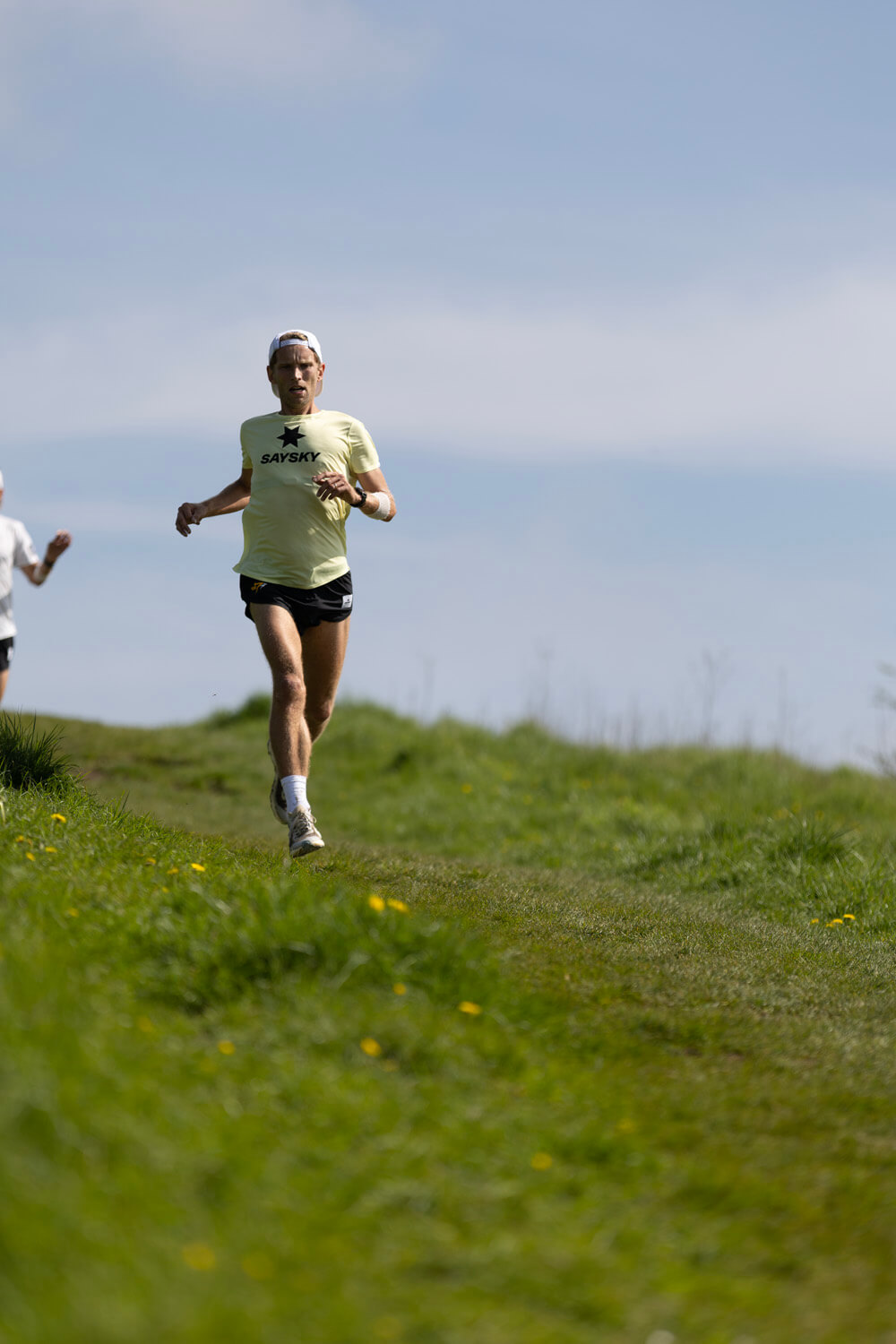
(Hour 7 athlete Jamie Stephenson running downhill on the North downs. Photo: Geoff Lowe)
How can we work on this?
There are some drills and activities that you can introduce into your training (and one of them is about running down plenty of hills) but it’s not about switching your brain off and going as fast as you can.
1) Every downhill is an opportunity to learn. Think about how you are descending each time you run down your favourite or an unfamiliar trail. Look at the bends and try to leave at the same speed you enter. Slow things down a little so your brain has time to interpret the rocks, leaves and roots ahead.
This way you start to pick better paths, have to brake less and start to become more efficient. You might even run slower, but get to the bottom of the hill quicker.
2) If you find a particularly enjoyable or challenging bit of technical descending, don’t just hare down it and leave. It might adversely impact your average speed on Strava, but turning around and trying a few more times will certainly help you become a better descender for when it matters most: your race.
3) Fast feet can help, as can good mobility and proprioception. These are all things you can work on outside of running down hills. Drills before or after easy runs, or even just balancing on one foot when you brush your teeth twice a day might help a little bit. They won’t make sudden changes, but each tiny brick of development will build a wall, if you stay consistent.
4) Run with faster people too. Don’t just turn up at George Foster’s house and try to follow him up and down a mountain (although George is a super-economical downhill maestro), find your friends who are a little quicker on the descents. Join them, watch their lines, ask them questions and possibly just smile when they say, ‘switch your brain off and go as fast as possible’. Unless it’s the last descent of a fell race.
Don’t despair if you aren’t the strongest descender yet. That just means improvement is a huge opportunity. If you do it right, it won’t just get you to the foot of the hill quicker, it could impact your strength and efficiency across the board. Just recover on those downhills, as fast as you can.
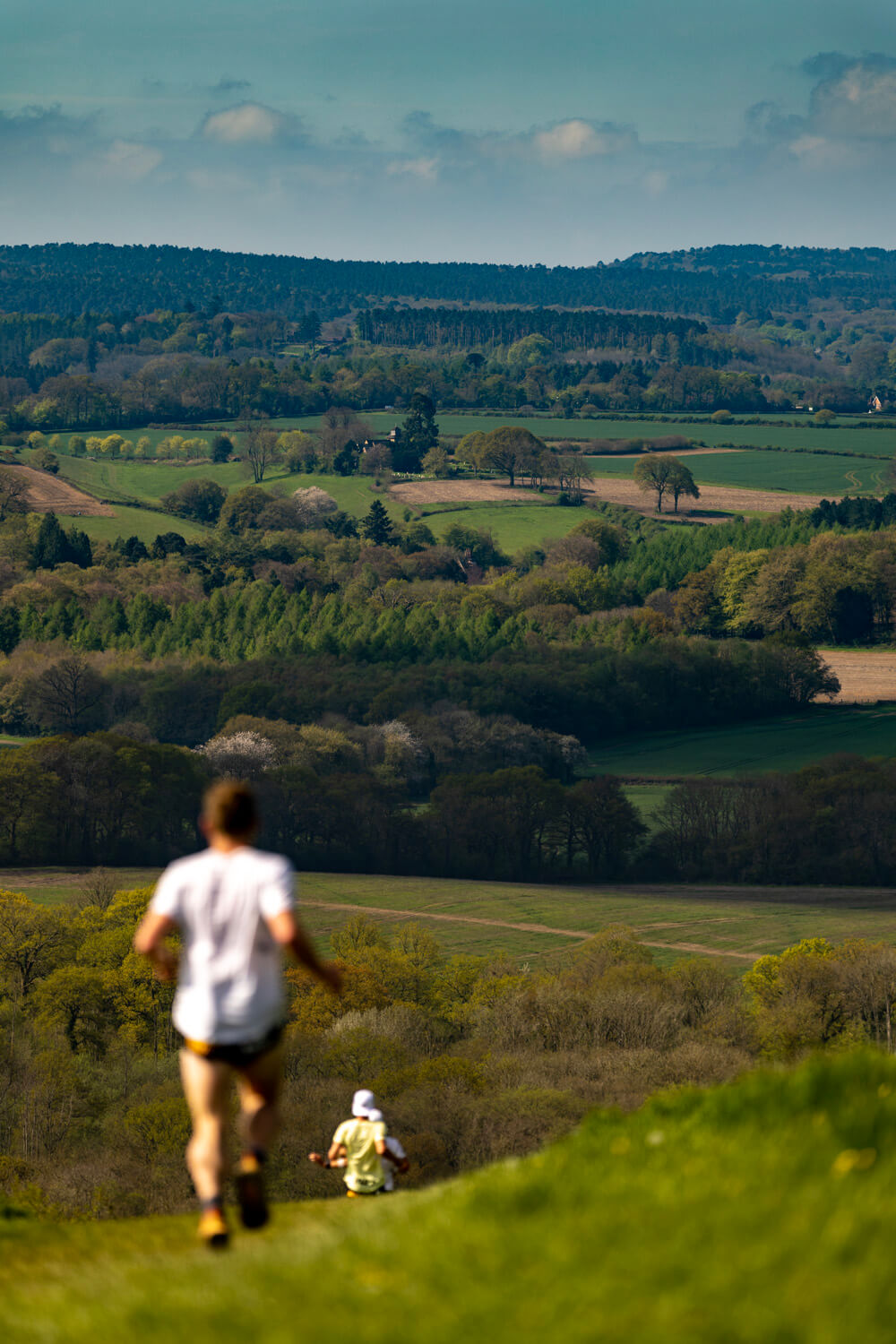
(Dr Jamie Pugh and some of the Hour 7 athletes running in the North Downs. Photo: Geoff Lowe)
